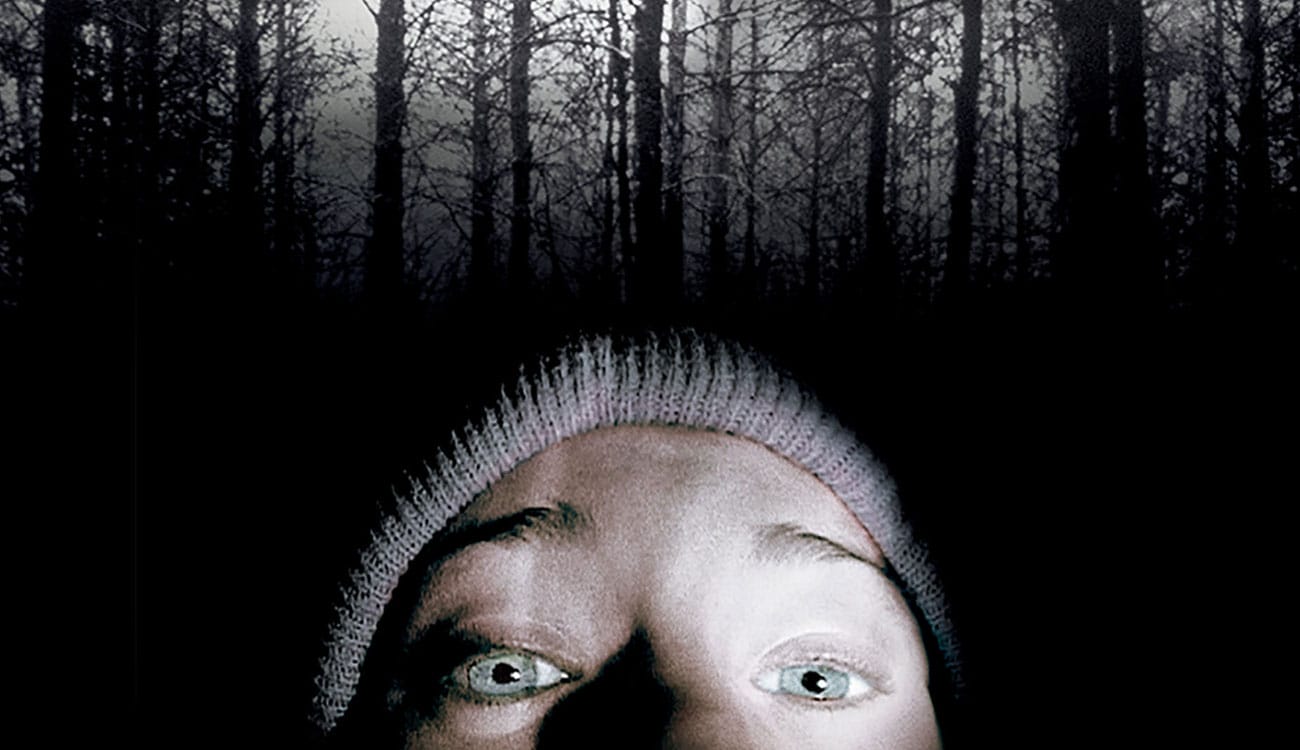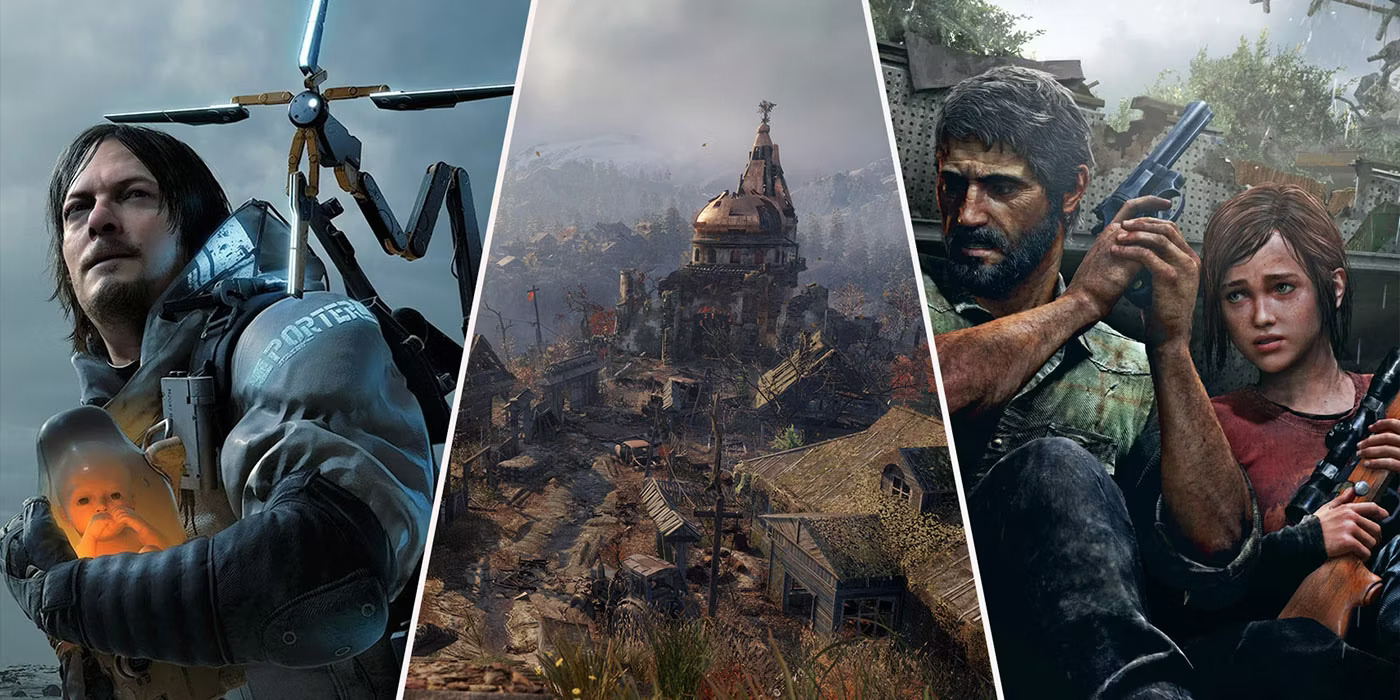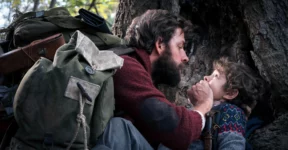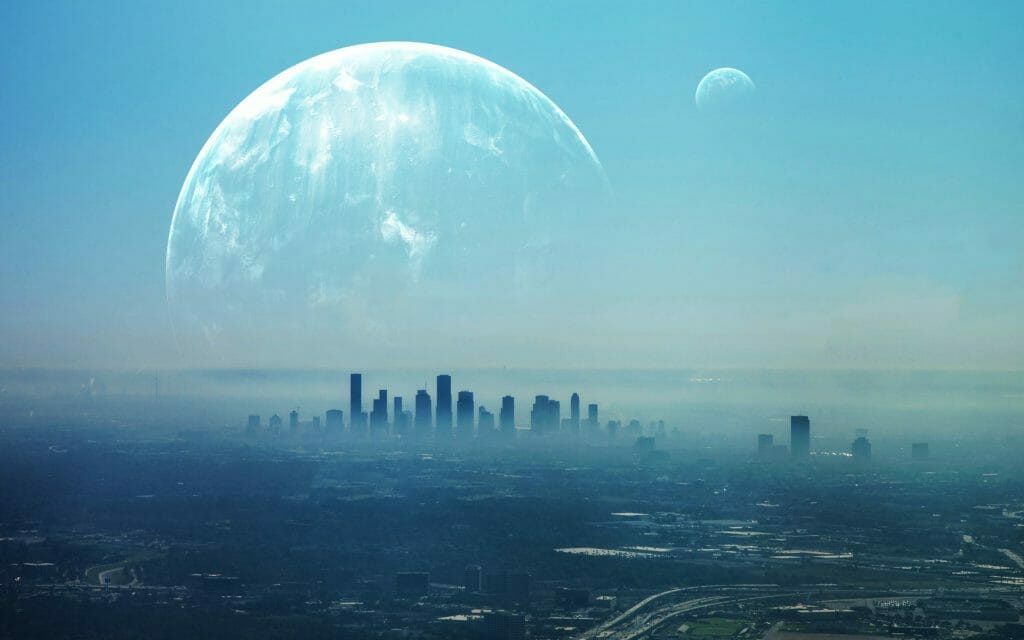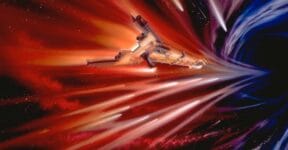“Mise-en-scène” or “what is put into scene” was initially used as a technical term in theater production to describe the placement and arrangement of actors and objects on stage for dramatic effects. When applied to filmmaking, it signifies what viewers should see on screen. Mise-en-scène has inevitably become one of the most important elements of sci-fi horror films (and all other genres for that matter) as it dictates the premise, the mood, the established timeline of a storyline, and potential plot progression. It comprises four major aspects, including settings, lighting, staging (movements in the shot), and the characters’ appearance (such as costume and makeup). A sci-fi horror film usually offers a storyline that revolves around mysteries, life-threatening situations, unknown entities, or scientific experiments gone wrong. At some points in the film–usually in the first few scenes, the mise-en-scène has to portray the general message to help set the tone of the film afterward. But it’s not the only thing that matters for sci-fi horror audiences; the storyline always sits at the highest priority because the audience wants to have an enjoyable plot that actually makes sense, besides the adrenaline rush from thrilling scares that enhance the viewing experience. In this blog, we will delve into how sci-fi horror movies use real-world science to create terror.
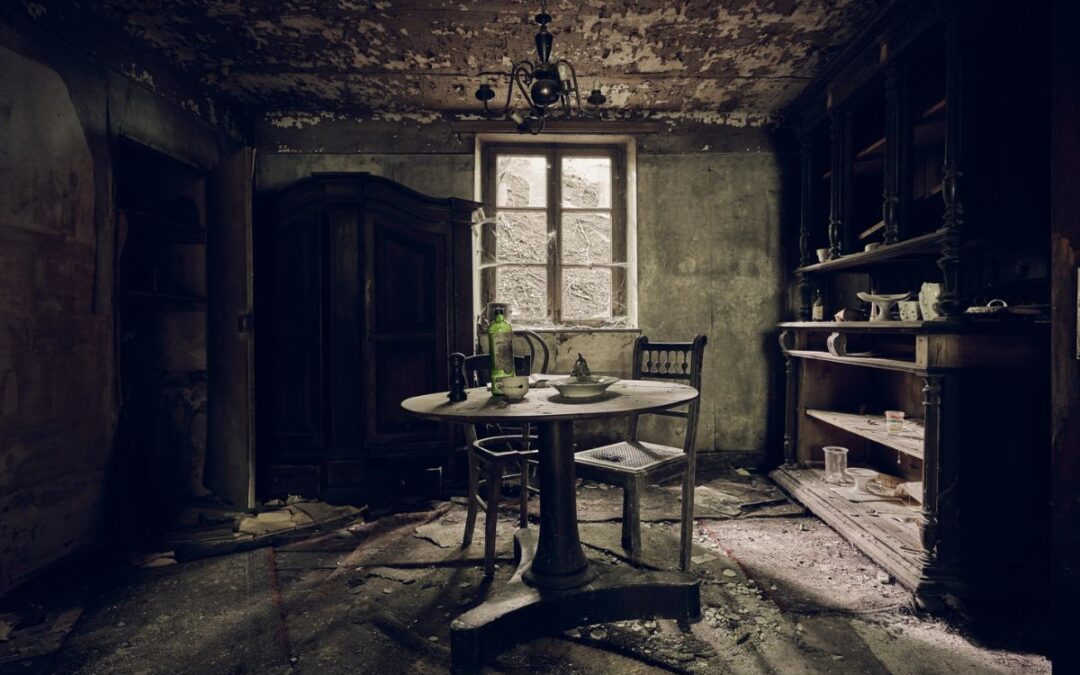
The Role of Empathy
According to James Kendrick, a professor in the Department of Film and Digital Media at Baylor University, the “fear” in horror films works because it plays with human (viewer) empathy. However, this can only happen if filmmakers can produce a storyline in such a way that the audience can relate to the characters and develop a strong sense of empathy for them. The film must be able to project the right atmosphere to engage the audience and become an efficient bridge between the on-screen events and the viewers’ perspectives.
Kendrick further elaborates that the core of the genre is all about pitting relatable characters against some kind of monstrosity through an effective setting. Good characterization, visually terrifying villain, and a storyline are the only things you need to build the basic formula of a horror film. Everything else exists to support those three elements. If you’re talking about sci-fi horror movies, you can add the science fiction element to the premise or blend it with the characters.
Regardless of the premise and the fictional aspect of the story, the setting and storyline need to have a degree of realism. The way a character reacts to an event and how the plot develops should never stray too far from what’s considered realistic. Otherwise, viewers cannot relate to the characters and the horror becomes much less effective. One reason The Blair Witch Project has earned much critical acclaim and financial success is because of its realism. The filming was done by the actors using hand-held cameras–much of it was shaky as it could be, creating an impression that everything was real.
Of course, there are plenty of other ways to achieve realism; the point of the matter is that the characters must be afraid of the situation. If the characters aren’t afraid of the monsters, the viewers have no reason to feel frightened as well. For example, Constantine (2005) was supposed to be a horror film, but because the main character wasn’t actually afraid of all the demons and monsters, you could barely call it a horror.
Sound Design
As for the audio effects, music theorists experts have identified that certain combinations of notes could evoke fears, although they’ve never figured out the exact reasons. The “tritone,” which is composed of two notes three steps apart, like F-B (from F-G to G-A and A-B), is often referred to as diabolus because it triggers negative emotions.
According to Daniel Blumstein, an evolutionary biologist at the University of California, Los Angeles (UCLA), human response to what’s commonly known as “scary sounds” turns out to be entirely biological. The nonlinear chaotic music, such as the screeching and harsh noises made by distressed animals, also triggers emotional distress in humans. Sound designers in sci-fi horror movies have been taking advantage of this emotional response when crafting audio effects.
We think horror films, with all their terrorizing visuals and spooky sound effects, can strengthen people mentally. Although many aspects of horror films are nonsensical, as the stories are fictional, they still serve a real-life purpose. They help people process negative emotions and teach them to be resilient in fearful situations. But all those purposes will only happen if the movies are indeed well-crafted. Every crew member tries their best to collaborate and deliver effective, memorable scares that hit every mark. The director steers the characters and plot; the editor sets the pacing, the sound designers produce terror-inducing themes, the cinematographers create efficient perspectives, and the set designers build the landscape for the story. A sci-fi horror doesn’t have to be intensely frightening throughout its duration; it just needs to deliver the right amount of spine-chilling scenes at the right time in the right dose.
If people enjoy horror films, do you think they really like to get frightened? Do you think it’s possible for someone to feel traumatized by watching a horror movie? We’d love to hear from you.
Other Things You Might Want to Know
Are jump scares really necessary in sci-fi horror movies?
Jump scares can be fruitful if they’re used just once or twice throughout the film. The idea behind jump scare is to catch the viewers off-guard and deliver a quick boost of adrenaline rush that lasts for just about a few seconds. If used in excess, however, jump scares quickly lose their element of surprise and turn into a constant annoyance instead.
Are there sci-fi horror movies that are based on true events?
There aren’t many of those, but these two can easily fall into the category:
Fire in the Sky (1993) is based on the Travis Walton Incident, in which Walton disappeared for five days in November 1975 because he was allegedly kidnapped by aliens.
- The Philadelphia Experiment (1984) is a retelling of an alleged experiment to make the USS Eldridge invisible to radar, only to reappear moments later. It is said that many of the ship’s crew suffered from severe burns, insanity, and intangibility following the ship’s reappearance on radar.
Horror comedy films might seem like a contradictory idea, but such films do exist, for examples:
- Abbott & Costello Meet Frankenstein (1948)
- Rocky Horror Picture Show (1975)
- House (1977)
- Return of the Living Dead (1985)
- Bad Taste (1987)
- Killer Klowns From Outer Space (1988)
- Black Sheep (1996)
- Scooby-Doo on Zombie Island (1998)
- The Quiet Family (1998)
- Lisa Frankenstein (2024)
- The Conference (2023)
- Happy Death Day (2017)
- Zombieland (2009)
- Shaun of the Dead (2004)
- Jennifer’s Body (2009)

